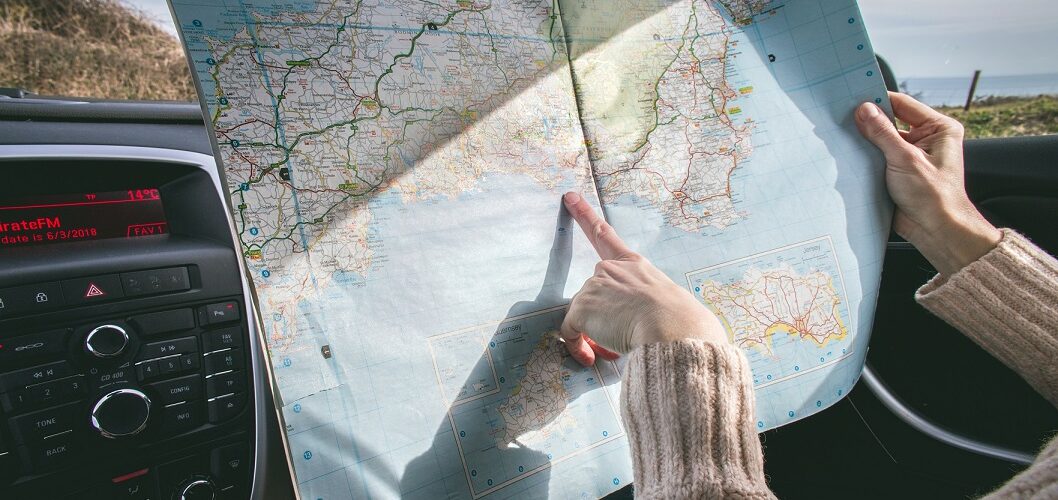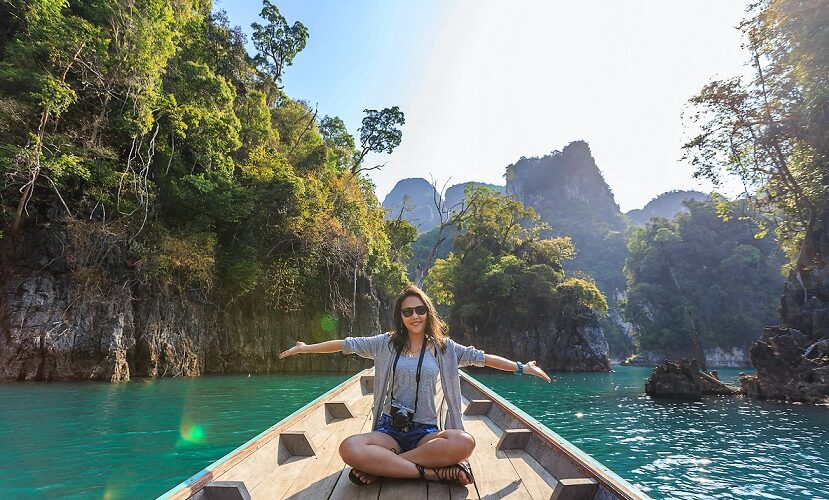Traveling offers a chance to escape the routine, explore new horizons, and create unforgettable memories. Yet, in the pursuit of adventure, it’s easy to overlook one simple but powerful strategy: starting your days early. By embracing the magic of early mornings, you can beat the crowds, make the most of daylight hours, and uncover the hidden treasures of your destination. In this article, we’ll delve into the advantages of taking advantage of early mornings while traveling, as well as practical tips for incorporating this approach into your adventures.
The Benefits of Early Mornings
Starting your days early during your travels comes with numerous advantages:
- Peaceful Serenity: Early mornings often bring a tranquil atmosphere, allowing you to appreciate the beauty and serenity of your surroundings.
- Beat the Crowds: Popular tourist attractions are typically less crowded in the early hours, providing a more immersive and enjoyable experience.
- Optimal Lighting: Early morning light is softer and more favorable for photography, making it easier to capture stunning moments.
- Cooler Temperatures: In many destinations, the morning offers cooler temperatures, ideal for outdoor activities and exploration.
- Extended Explorations: By beginning your day early, you can fit more activities and sights into your itinerary, maximizing your travel experience.
Now, let’s explore how to make the most of early mornings while traveling.
Practical Tips for Early Morning Adventures
- Plan Ahead: Research and plan your early morning activities in advance to make the most of your time. Know what attractions or locations you want to visit and their opening hours.
- Prepare the Night Before: Lay out your clothing, pack your essentials, and have any necessary gear ready the night before to streamline your morning routine.
- Set Multiple Alarms: Ensure you wake up on time by setting multiple alarms or using a reliable alarm clock. Place the alarm away from your bed to prevent snoozing.
- Wake Up Gradually: Start your morning with a gentle wake-up routine, such as stretching, deep breathing, or a calming cup of tea, to ease into the day.
- Stay Hydrated: Begin your day by rehydrating with a glass of water. Staying hydrated is essential for maintaining energy and focus.
- Enjoy a Nutritious Breakfast: Fuel your body with a nutritious breakfast to provide sustained energy for your morning adventures.
- Pack Light: Traveling light allows for greater mobility and flexibility during early morning outings. Bring only what you need for the day.
- Use Public Transportation: Check public transportation schedules and routes to efficiently reach your destination without worrying about parking or traffic.
Early Morning Activities
Now, let’s explore a range of early morning activities to make the most of your travels:
1. Sunrise Viewing: Watching the sunrise is a magical experience that often yields stunning photographs. Whether it’s at a beach, mountaintop, or cityscape, sunrise moments are worth waking up for.
2. Morning Walks or Runs: Early morning walks or runs are an excellent way to explore a new destination while staying active and invigorated.
3. Visit Local Markets: Many local markets come alive in the early hours, offering a glimpse into the daily life and culinary traditions of a place.
4. Breakfast at Local Cafés: Enjoy a leisurely breakfast at a local café to savor regional flavors and immerse yourself in the culture.
5. Guided Tours: Morning guided tours, such as historical walks or wildlife excursions, often provide unique insights and encounters.
6. Photography Expeditions: Capture the essence of your destination with early morning photography sessions, taking advantage of soft, natural light.
7. Yoga or Meditation: Embrace mindfulness with early morning yoga or meditation sessions in serene settings like beaches, parks, or gardens.
8. Cultural Visits: Explore museums, temples, and historical sites when they first open, allowing for an uncrowded and contemplative experience.
9. Wildlife Observation: If you’re in a destination known for its wildlife, early mornings are prime time for spotting animals in their natural habitats.
10. Beachcombing: For beach destinations, early morning beachcombing can lead to discovering seashells, marine life, and tranquil moments by the shore.
Travel Destinations Ideal for Early Mornings
- Machu Picchu, Peru: Arrive at Machu Picchu in the early morning to see the ancient Incan city shrouded in mist, before the crowds descend.
- Angkor Wat, Cambodia: Witness the sunrise over the magnificent Angkor Wat temple complex, a breathtaking and serene experience.
- Santorini, Greece: Catch the first light of day in Oia, Santorini, as it illuminates the iconic white buildings and blue-domed churches along the cliffs.
- Bryce Canyon, USA: Explore the ethereal landscapes of Bryce Canyon National Park at sunrise, when the hoodoos (rock formations) are bathed in warm hues.
- Jaipur, India: Visit the Amber Fort early in the morning to avoid the heat and crowds while enjoying the stunning architecture.
- Boracay, Philippines: Begin your day with a sunrise swim on the pristine White Beach in Boracay, renowned for its breathtaking sunrises.
- Kyoto, Japan: Stroll through the serene Arashiyama Bamboo Grove in Kyoto at sunrise, when the gentle rustling of the bamboo creates a tranquil ambiance.
The Serenity of Early Mornings
Early mornings possess a certain serenity that can be transformative for travelers. As the world awakens, the atmosphere is often filled with calmness, the air is crisp, and the light is soft and golden. This tranquility allows you to connect with your surroundings on a deeper level, fostering a sense of peace and reflection.
Moreover, early mornings offer an opportunity for personal growth and self-discovery. The act of rising early requires discipline and dedication, cultivating a sense of achievement and purpose. It encourages mindfulness, allowing you to be fully present in the moment and appreciate the beauty of your surroundings.
Travel is a journey of exploration, discovery, and connection with the world. Embracing the magic of early mornings allows you to make the most of your adventures, beat the crowds, and unlock the hidden treasures of your destinations. Whether you’re watching a sunrise, embarking on a morning walk, or indulging in local traditions, early mornings offer a profound and enriching travel experience.
As you plan your next journey, consider the transformative power of starting your days early. By doing so, you’ll not only maximize your time and experiences but also create lasting memories of the serene and captivating moments that define the beauty of travel.
Content Generated by ChatGPT










